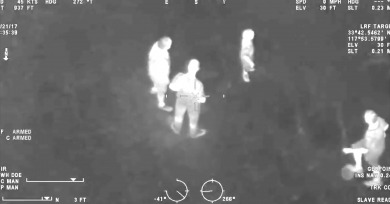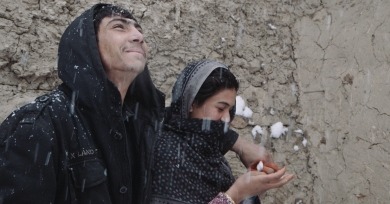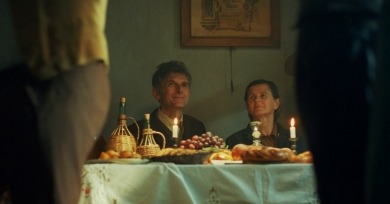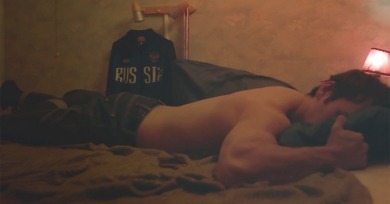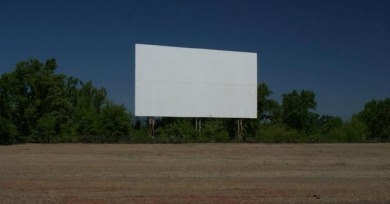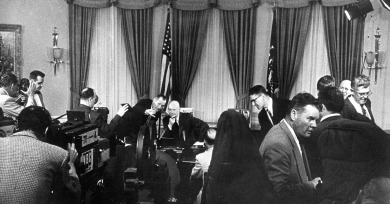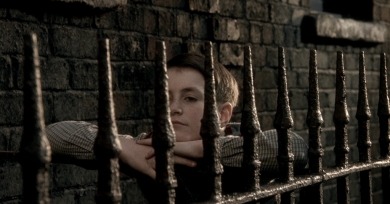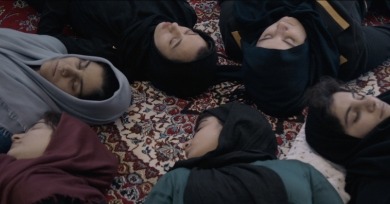At the Museum
Goings-on at Museum of the Moving Image
Color is dulled entirely, and reality, visually and morally, appears black and white. When the world is reduced to such simple terms, all that's left is for you to hover your crosshair over that burning target and pull the trigger.
Unless the viewer is aware of the overall structure and has a stopwatch, no cut will be expected and each will appear devoid of motivation, at least according to the conventions that govern editing in Hollywood, art-house, and even many avant-garde films.
Through decades of a certain kind of documentary storytelling and news reporting, audiences are so used to seeing images of poverty and abjection that the even the smallest act of affection comes across as extraordinary and radical.
There are fantastical elements in the film, mainly the presence of ghosts who play music when Dora and, later, Mario are near death, but they never intersect with the central relationship of Mario and Marta.
People reliving or articulating past traumas on screen is fairly standard in social issue documentaries. What is most striking about Silent Voice is that it presents its main subject, Khavaj, and his personal story without inflicting more pain or describing it in detail, even if the shocks to his mind and body are still painfully tangible.
An older woman walks along Steinway Street in Astoria with a strong sense of purpose. She is shot by an unknown cameraperson who wields his lens like a sniper, tracking her as she moves. The woman periodically stops men on the sidewalk, earnestly asking benign questions that quickly becoming intensely personal.
The film follows the creation of the Documentary Village, a festival and a post-production hub in the village of Lussas, in southern France.
I bought a 16mm Bolex windup camera in 1987. And that is the camera I use. Wow. Can you think of all the cameras and cell phones and computers and laptops that each one of us has had in those intervening years? And I love that. I don't have to worry about batteries.
The drive-in is inextricable from the history of censorship in big-budget American cinema, and is also inextricable from the history of the automobile in the U.S., which is in turn inextricable from the history of suburbanization.
The drive-in would become, in the postwar period, a symbol of untethered, ever-expanding, pedal-to-the-medal America, both a communal living room for Baby Boom parents and a prowling ground for teenagers.
Both parties are prepared for today’s advertising landscape because of the shifts in party organization and campaign strategy that began almost seventy years ago.
We’re trying out something new this week, and switching to Wednesdays. Same time: 5:00pm. Now you can use Reverse Shot to help you get over the midweek hump! Next week, we are pleased to welcome The Criterion Collection's Andrew Chan and Metrograph's Aliza Ma.
“Documentary, through its earliest forms, is a colonial concept. The white man appears and then because he is the master, he unveils the story the way he sees it. He literally becomes the seer,” says filmmaker Marjan Safinia.
The corrections center actually functions as a reprieve for many of these women, who went from abusive childhoods straight into abusive marriages when they were as young as 12. The fact that a male filmmaker is let into this world shows their trust of him.
